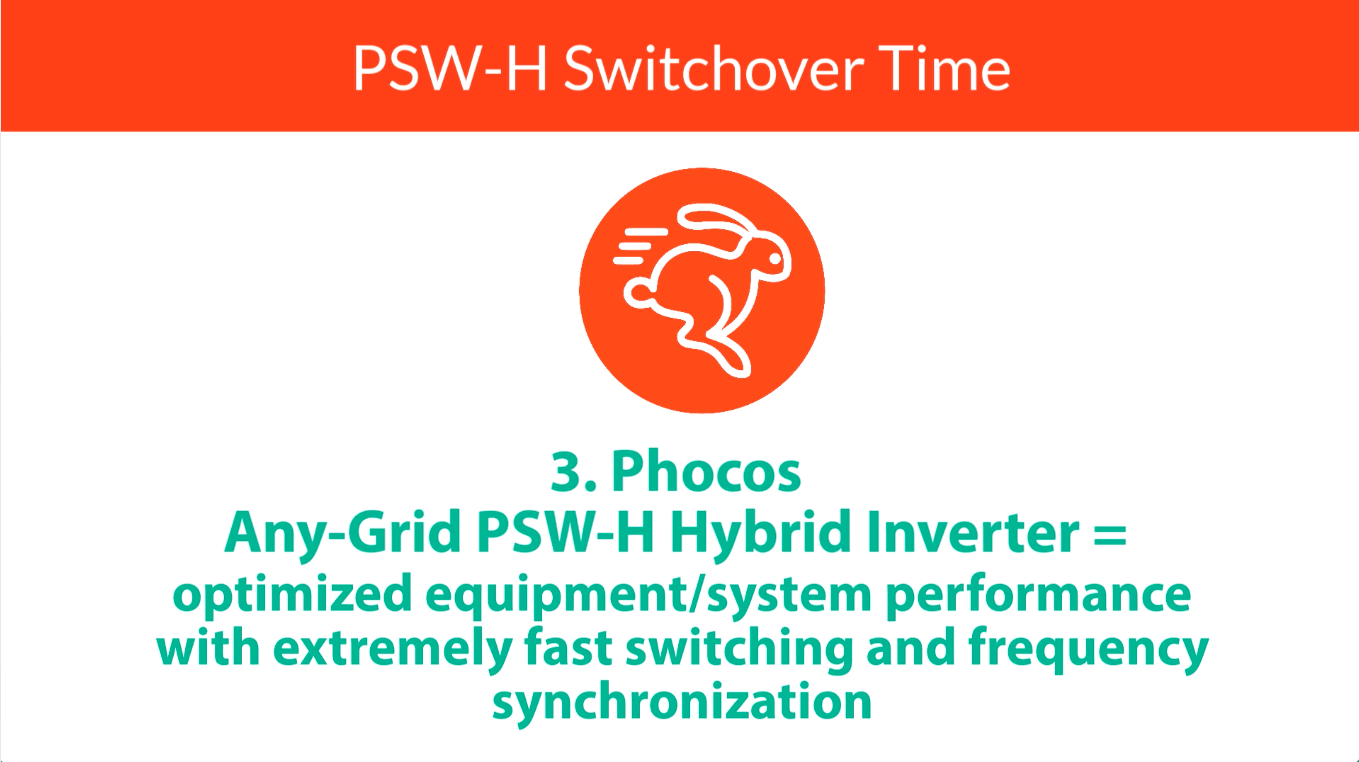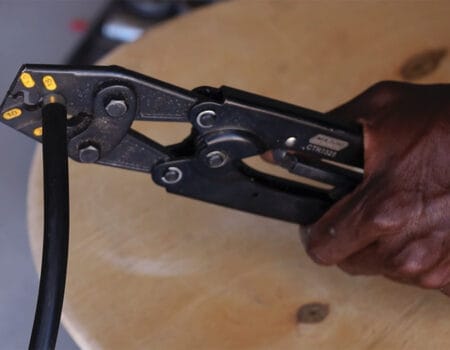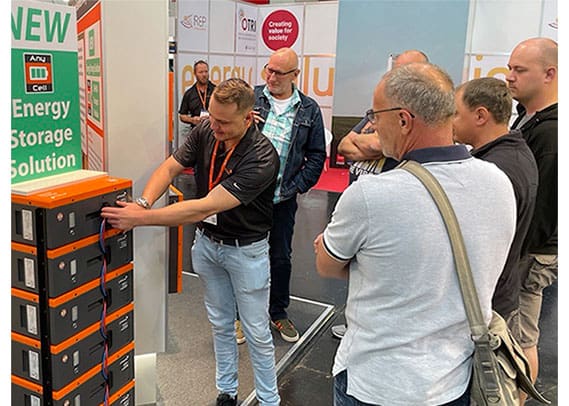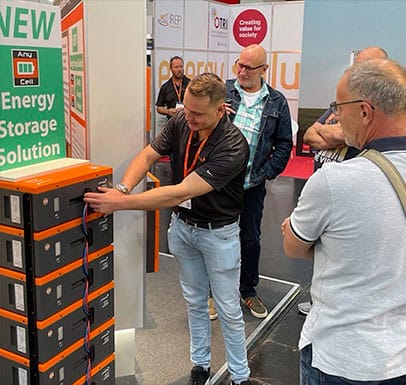

Entrer en contact Vous ne savez pas de quoi vous avez besoin? Parlez aux experts!

Etats-Unis
Phocos Americas, Inc.
Tucson, AZ USA
Téléphone +1 520 777-7906
Info.na@phocos.com
Inde
Phocos India Solar Pvt Ltd.
Puducherry - Inde
Téléphone +91 413 2972328
info-india@phocos.com











